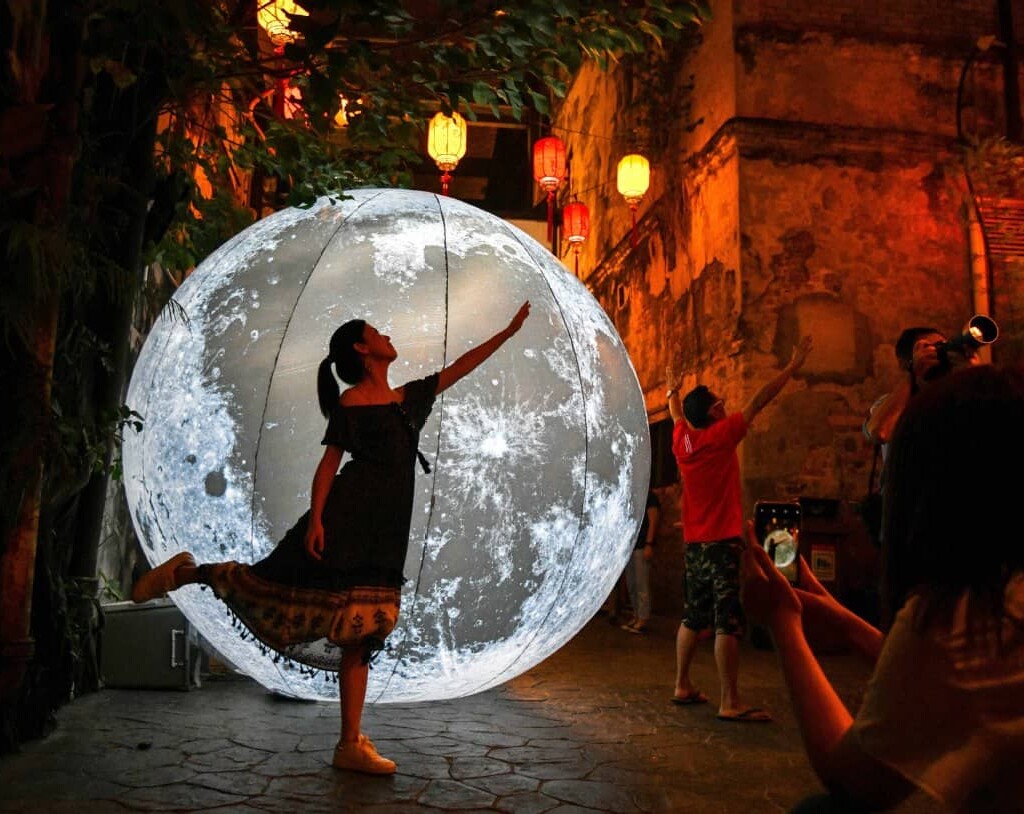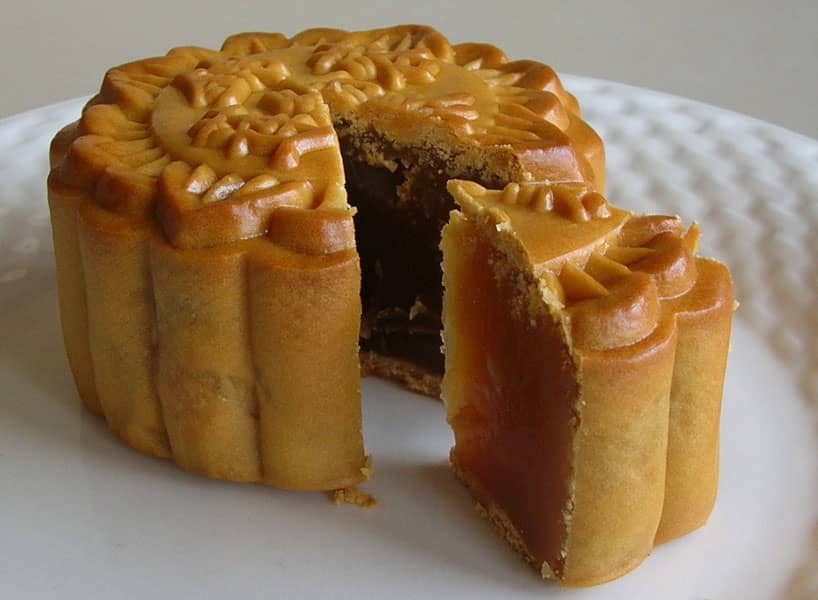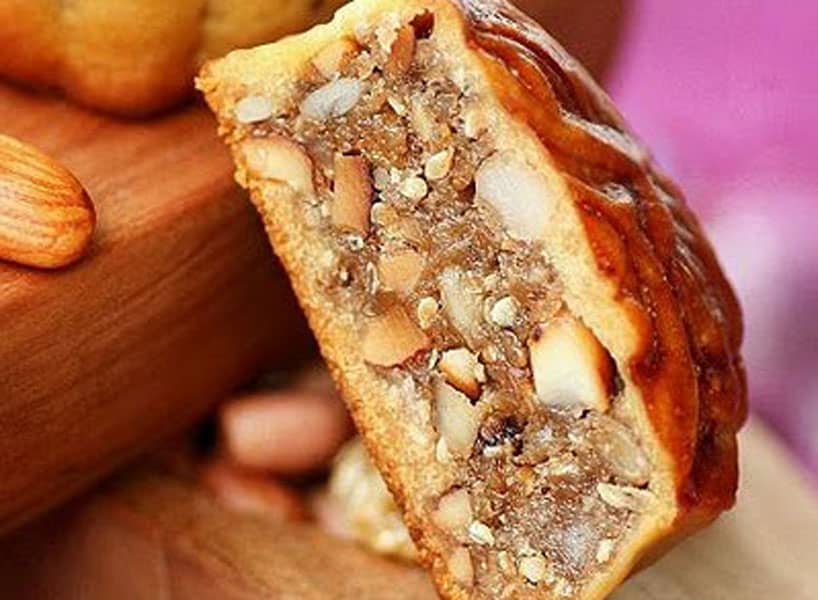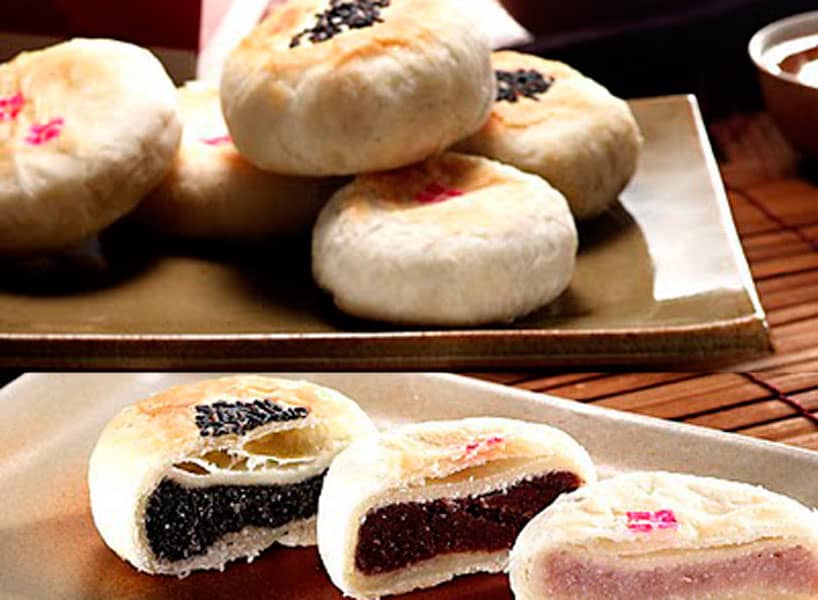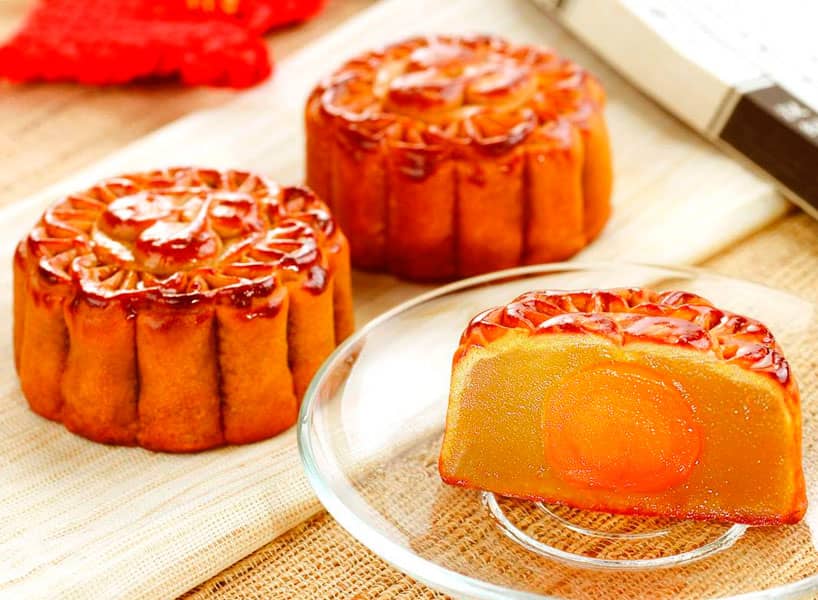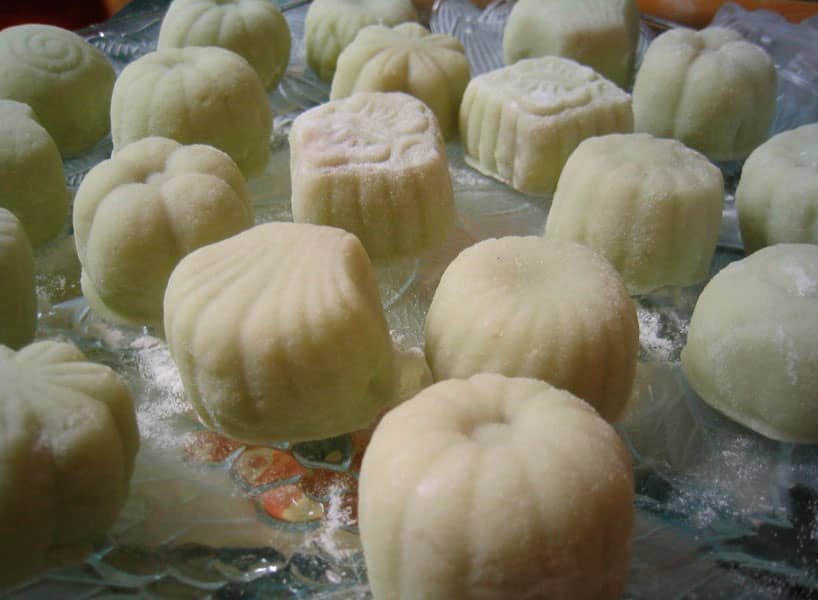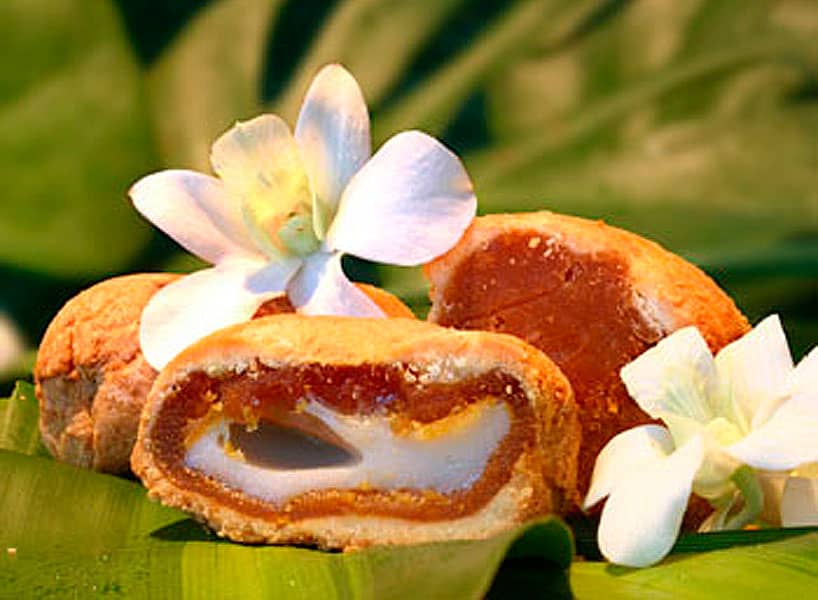The Mid-Autumn Festival traditionally brings Chinese families together to watch the full moon and eat the famous round stuffed buns. It is celebrated on August 15 of the lunar calendar, which coincides with September 10, 2022.
Moon Festival or Chinese Mid-Autumn Festival
The Mid-Autumn Festival is celebrated on August 15 of the lunar calendar.
Its name comes from the fact that it falls in mid-autumn, usually in the ninth month of the Gregorian calendar.
Coinciding with the full moon
The Chinese know this festival well as the “Reunification Festival.” As families admire the extraordinary roundness of the moon, they share anecdotes of their adventures while eating the famous round sweets called mooncakes.
Breaking the cake in half reveals the round shape of the moon or dried fruit. The roundness of the mooncake represents family reunion, complete happiness and contentment.
Ancient rulers played music dedicated to the full moon in August to pray to the gods of the heavens for a bountiful harvest. In China, there is a saying that the moon shines brightest in mid-autumn.
The custom of eating mooncakes is quite ancient, dating back to the Zhou Dynasty (1050 BC-256 BC). There are also references to celebrations in honor of the moon during the spring and autumn seasons (770-403 BC).
The first proclamation of the Moon Festival
The first proclamation of the Moon Festival comes from an edict during the Tang Dynasty (618-907). However, there is no precise historical reference as to when the custom of eating mooncakes began.
The ruler of the Yuan dynasty (1279-1368) issued a decree for the 10 families to use only one knife in daily life, to secure their rule and prevent rebellions and to prohibit people from using metal weapons.
These Mongols, commonly known as Daji, committed all sorts of evil deeds. The leader of the rebel movement Zhu Yuanzhang and his advisor Liu Bowen came up with the idea of having all the neighbors give each other mooncakes on the eve of the Mid-Autumn Festival.
Each cake had a small leaflet with the words, “Let us all act together to kill Daigo on August 15 and end the Yuan dynasty.” The rebels thus provoked the neighbors into a popular uprising.
As expected, at midnight, while the Mongols slept peacefully, the Mongols took up arms against the foreign invaders and drove him across the boundaries of the Great Wall to his homeland.
Zhu Yuanzhang then founded the Ming dynasty (1368-1644). From that time on, the practice of handing out cakes on the eve of festivals has become an ingrained custom among the Chinese.
Moon Festival Legends
The Chinese have invented many mythological legends for this popular festival. The best known is the beautiful woman who lived on the moon, the wife of Hou Yi, the mythical goddess who shot down with her arrows nine of the ten suns that existed at the time, causing damage to crops as a person.
To reward him for his great deeds, the Queen of the Heavenly Court gave him a potion that made him immortal. But a beautiful woman known by the name of Change proved it behind the scenes by flying to the moon and staying there forever.
Thus, the beautiful woman becomes the owner of the Moon Crystal Palace, where Jade Rabbits and other mythical figures accompany her and grind herbs daily. Following this legend, a famous poem by the great poet Su Shi (1037-1101) reads:
As time passes, the preparation of mooncakes is perfected and refined. A wide variety of fillings are now used, including sunflower seeds, nuts, sugar, cocoa, cocoa, chocolate, sesame seeds, cheese, ham and ice cream. Family members, visiting friends and even at work.
An easy-to-make sweet
An easy-to-make staple for traditional occasions, it is not difficult to make. It is usually made from a flour dough to which oil, water and salt are added, wrapped in a filling, placed in a mold and baked in an oven, but it is usually packaged in boxes with decorations and beautiful Chinese paintings.
The most surprising thing about this cake is how the filling is made. This is because each province or province in China has its culinary traditions of customs and recipes.
Besides the suggestive filling, the lid is adorned with eye-catching decorations consisting of auspicious Chinese characters such as good luck, longevity, harmony and other good fortunes, usually represented by flowers, rabbits, or other art forms.
Variety of moon cakes
There are many other versions of mooncakes. Each province in China (Beijing, Suzhou, Guangdong, Chaoshan, Ningbo, Yunnan) has its way of making it and it is also made overseas.
Cake toppings, as we have seen, are softer in some regions of China, more crumbly in others and come in a variety of decorations, making it almost impossible to keep which ones and determine which ones taste best.
Sweet bean mooncakes (Dousha Yuebing)
A variety of bean fillings are used as common fillings in mooncakes, although the most common ones are made from soybeans. Their sweet filling keeps longer and more easily.
Five Nut Moon Cake (Wuren Yuebing)
Filled with peanut paste, walnut, pumpkin seed, almond and sesame coated with maltose syrup.
Su Moon Cake Su Style (Sushi Yuebing)
It is an original recipe from the Suhang district (i.e. Suzhou and Hangzhou cities). This moon cake has a very soft and crispy white outer layer with beautiful decorations.
Lotus Seed Moon Cake (Lianrong Yuebing)
This delicious recipe is widely used in provinces such as Guangzhou and Hong Kong. Lotus seed custard is known to have a very delicate and pleasant taste and flavor and in this recipe, one or two salted duck eggs are also added inside the filling. This recipe is one of the most chosen by the Chinese.
Ice Moon Cake (Bingpi Yuebing)
It is a Hong Kong specialty and, as the name suggests, contains no icing, looks pure white and has a texture like ice.
Salted beef moon cake (Niurou Yuebing)
This paste is filled with beef and soy sauce.
This article has been adapted and translated by InfoMistico.com / By CLEC Foundation Latin America and Caribbean Office

